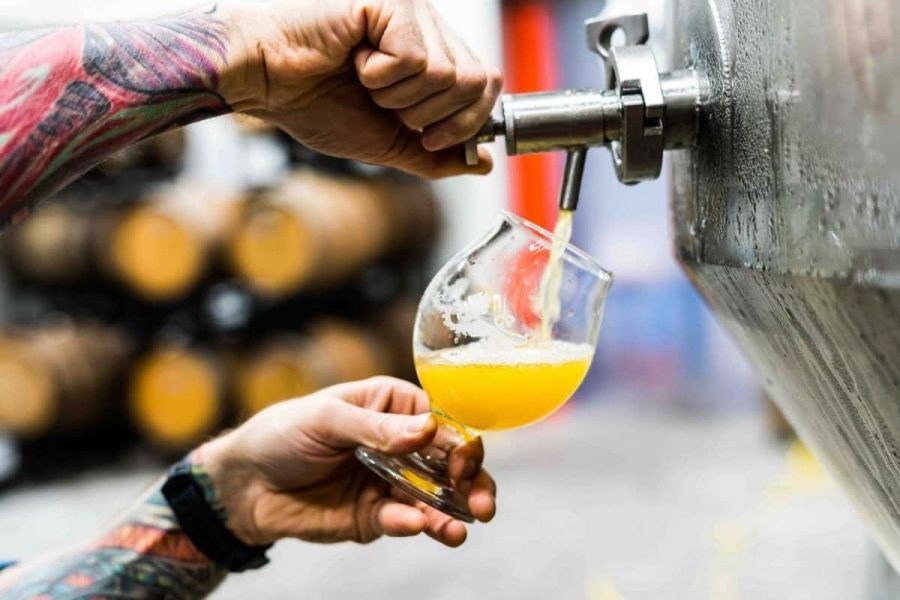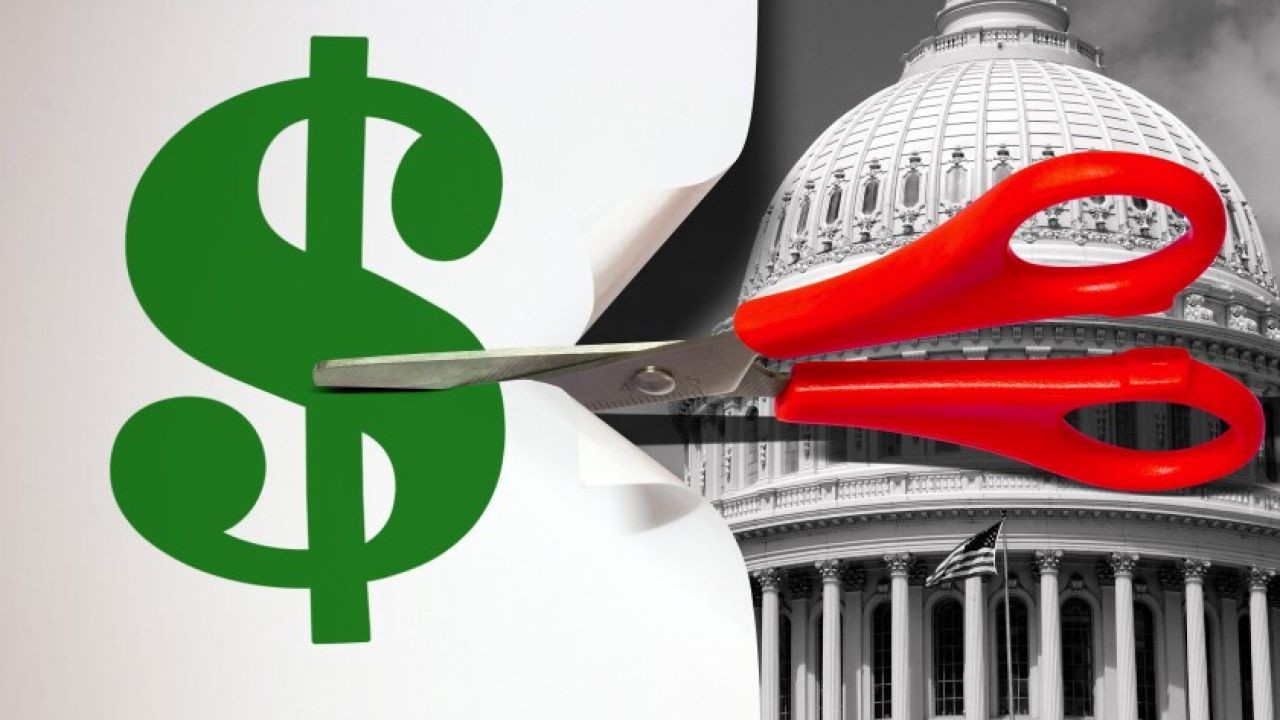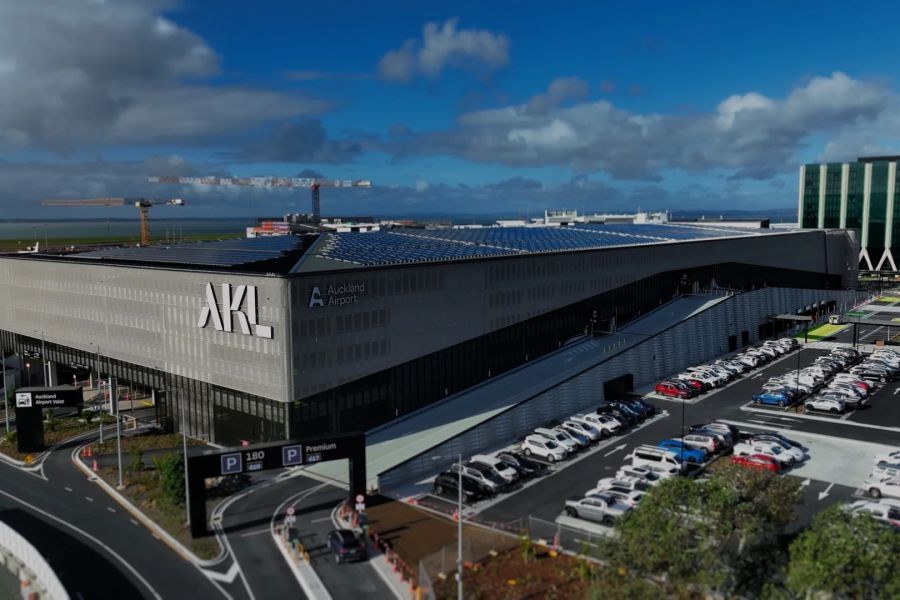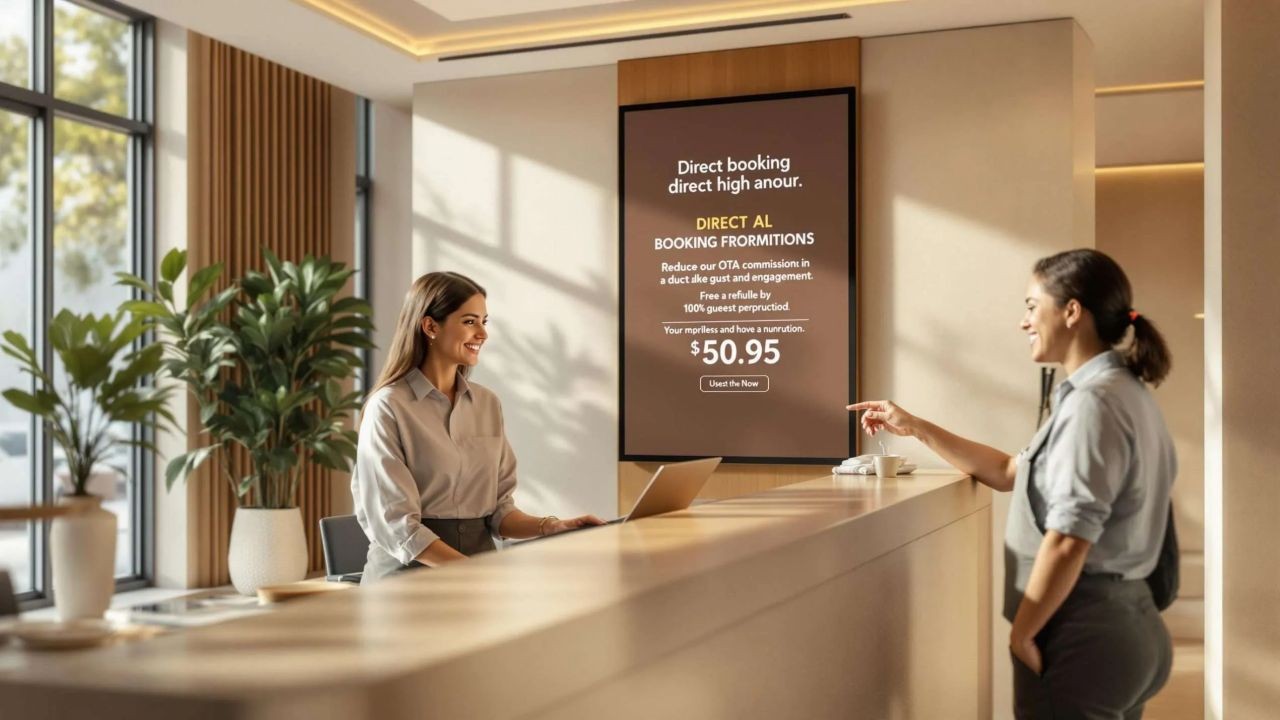Craft Beer Is Thriving—But Not Without Its Challenges
Australia’s craft beer industry is entering a golden age. From microbreweries in Fremantle to taprooms in the heart of Melbourne, the scene is as vibrant as ever. In fact, IBISWorld reports that over 650 independent breweries are now operating across the country, contributing more than $1.5 billion annually to the economy.
Yet as consumers become more discerning, a troubling trend has emerged: many craft beers, even from reputable names, fall flat—literally. Whether due to poor carbonation, improper storage, or rushed conditioning, flat beer is turning off Aussie drinkers and undermining brand credibility.
This article dives into six critical mistakes causing your beer to lose its edge—backed by brewing experts, Aussie market trends, and practical experience. Let’s raise the bar for better beer.
🍺 1. Incorrect Carbonation Levels – The #1 Culprit
Carbonation does more than make beer fizzy—it unlocks aroma, improves mouthfeel, and gives your brew life. Poor carbonation control is the most common cause of flat-tasting craft beer in both homebrewing and commercial settings.
🎤 Expert Insight:
“Carbonation affects the entire sensory experience. It’s not just a ‘nice to have’—it’s structural,” says Toby Jensen, Head Brewer at Byron Bay’s Stone & Froth Brewery.
“We’ve run sensory panels where the same beer is served with slightly different CO₂ levels—consumer ratings change dramatically.”
✅ How to Fix It:
Use CO₂ charts or calculators to determine optimal PSI based on style and temperature.
Monitor fermentation pressure carefully if using pressurised vessels.
Avoid over-carbonating in bottles, which can backfire and lead to gushers or undercarbonation when done inconsistently.
🧊 2. Poor Storage Conditions – The Silent Flavour Killer
Beer is delicate. If stored improperly, particularly after packaging, you risk premature oxidation, hop degradation, and yes—flatness.
🚨 Aussie Market Reality:
In 2023, Melbourne-based ColdChain Beverage Logistics found that 34% of local deliveries to independent retailers were exposed to ambient temps over 20°C for more than 4 hours. That’s more than enough to damage hop compounds and reduce fizz.
🔍 What to Do:
Store beer at 2–7°C at all times.
Avoid clear glass bottles, which allow UV exposure that can lead to “skunky” off-flavours.
Consider cold-chain logistics if distributing regionally.
🛑 3. Oxygen Exposure During Packaging or Transfer
Oxygen is among beer’s biggest enemies. Even tiny amounts introduced during packaging or transfer can flatten the flavour and accelerate spoilage.
📚 Technical Detail:
Oxidation dulls hop aroma, flattens taste, and causes the dreaded “wet cardboard” flavour. It also disrupts carbonation by killing off yeast activity prematurely.
🛠️ Best Practices:
Purge kegs and bottles with CO₂ before filling.
Use closed-loop transfers and CO₂ blankets during racking or packaging.
If bottling at home, minimise headspace and cap immediately.
🕒 4. Rushed Conditioning – Impatience Hurts the Brew
Conditioning is crucial for carbonation and flavour development. Unfortunately, many brewers—especially hobbyists—rush this stage in an effort to serve sooner.
🧪 Study Snapshot:
A 2024 homebrew survey by BeerLab Australia revealed that:
46% of respondents admitted to bottling their beer within 5 days of active fermentation finishing.
Over 60% said they consume their beer within 10 days of bottling, well before full conditioning completes.
⏳ Why It Matters:
Rushed beer often lacks depth and proper fizz. Let your beer condition at room temp for 2–3 weeks, then cold crash for clarity and stability.
🌾 5. Low-Quality or Improperly Stored Ingredients
Even with perfect technique, bad ingredients = bad beer. Hops lose vital oils if improperly stored, and malt can become stale in high humidity.
🧑🔬 Brewery Case Study:
Adelaide’s Barrel Theory Brewing Co. switched to nitrogen-sealed hop storage in 2024 after noticing consistent flavour loss in late-hop additions. The result? A 28% improvement in consumer flavour ratings over 6 months, according to TapTrack Analytics.
🏆 Brewer's Checklist:
Buy hops vacuum-sealed and store in the freezer.
Keep grains dry and cool.
Check harvest dates, especially for imported hops from the US or NZ.
🍻 6. Improper Serving Practices – Don’t Sabotage at the Tap
You can brew the perfect beer and still mess it up at the pour. Dirty tap lines, unclean glasses, and wrong pour temperatures can all contribute to a flat experience.
🍺 Serving Errors to Watch:
Not using nucleated glassware (reduces head retention)
Serving too cold (numbs flavours and mutes carbonation)
Using beer lines that haven’t been cleaned weekly
🧼 Expert Advice:
“If your tap lines are older than a week, you’re not serving your beer right,” says Nadia Cole, Beverage Consultant for over 50 Sydney venues.
“Beer’s last journey—from keg to glass—is often the most neglected.”
🇦🇺 The Aussie Trend: Quality Over Quantity in 2025
The flat beer issue isn’t just a homebrew problem—it’s pushing Aussie breweries to re-focus on technical excellence and consistent quality. As exports rise and local competition intensifies, consumers expect better.
🔮 2025 Trend Highlights:
Increased investment in QA labs by microbreweries
Breweries adopting cold-chain tracking software
Educational content on beer freshness gaining traction on platforms like Vidude.com
💡 Conclusion: Flatten the Mistakes, Not the Beer
Flat craft beer is frustrating—but fixable. These six mistakes often go unnoticed by even experienced brewers. Whether you're brewing in your garage or managing a taproom in Sydney, understanding and correcting these pitfalls can make the difference between “meh” and “marvellous.”
Want to see how Australia’s top brewers are getting it right?
Explore behind-the-scenes brewing walkthroughs, real-time taste tests, and expert tutorials on Vidude.com—the rising video platform for authentic Aussie creators and beer lovers.






























